Singapore Botanic Gardens
I decided to visit the Botanic Gardens here in Singapore. The last time I visited was during the Pokemon craze last year and I thought I could take some time off and just enjoy what mother earth has to offer over at the Gardens.
While I normally would just head over and do my rounds, I decided to check out the Garden’s website to see what’s available.
Prior to this, I did not know of the “What’s on” feature. This lists out the available events and the schedule for these events. I missed out the “Rainforest Tour” and also “Music Oasis at Singapore Botanic Gardens” which took place just yesterday. So a tip is to check in on their site to see whats available and to plan your schedule accordingly.
Also look out for their free Trail Guides. There are four guides available:
- Ginger Garden Trail Guide
- National Orchid Garden Trail Guide
- Evolution Garden Trail Guide
- Heritage Trail (In various languages)
I took the train to Botanic Gardens Station. The station entrance is located at the Bukit Timah gate of the Gardens (there are two main gates: The Tanglin Gate and the Bukit Timah Gate). My suggestion, if taking the train, is to go via the Bukit Timah Gate. If taking a bus from Orchard Road, use the Tanglin Gate instead.
When you enter the Gardens, you will notice a big sign at the entrance and also a plaque commemorating the inscribing of the Gardens as a UNESCO World Heritage Site in 2015. It is the first and only tropical botanic garden on the UNESCO’s World Heritage List and the first in Asia and the third botanic garden inscribed in the world following Orto botanico di Padova and the Royal Botanic Gardens, Kew.
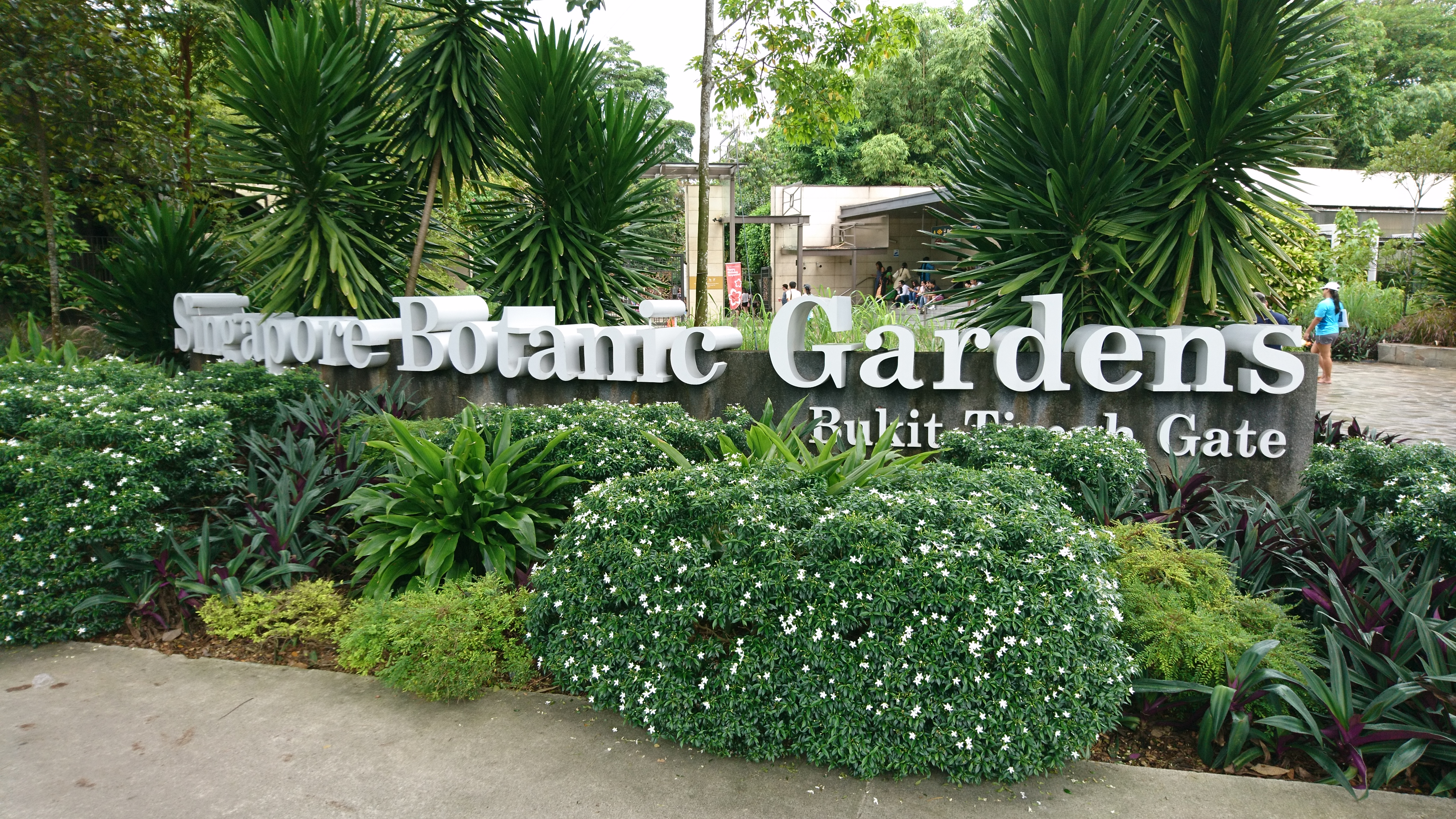
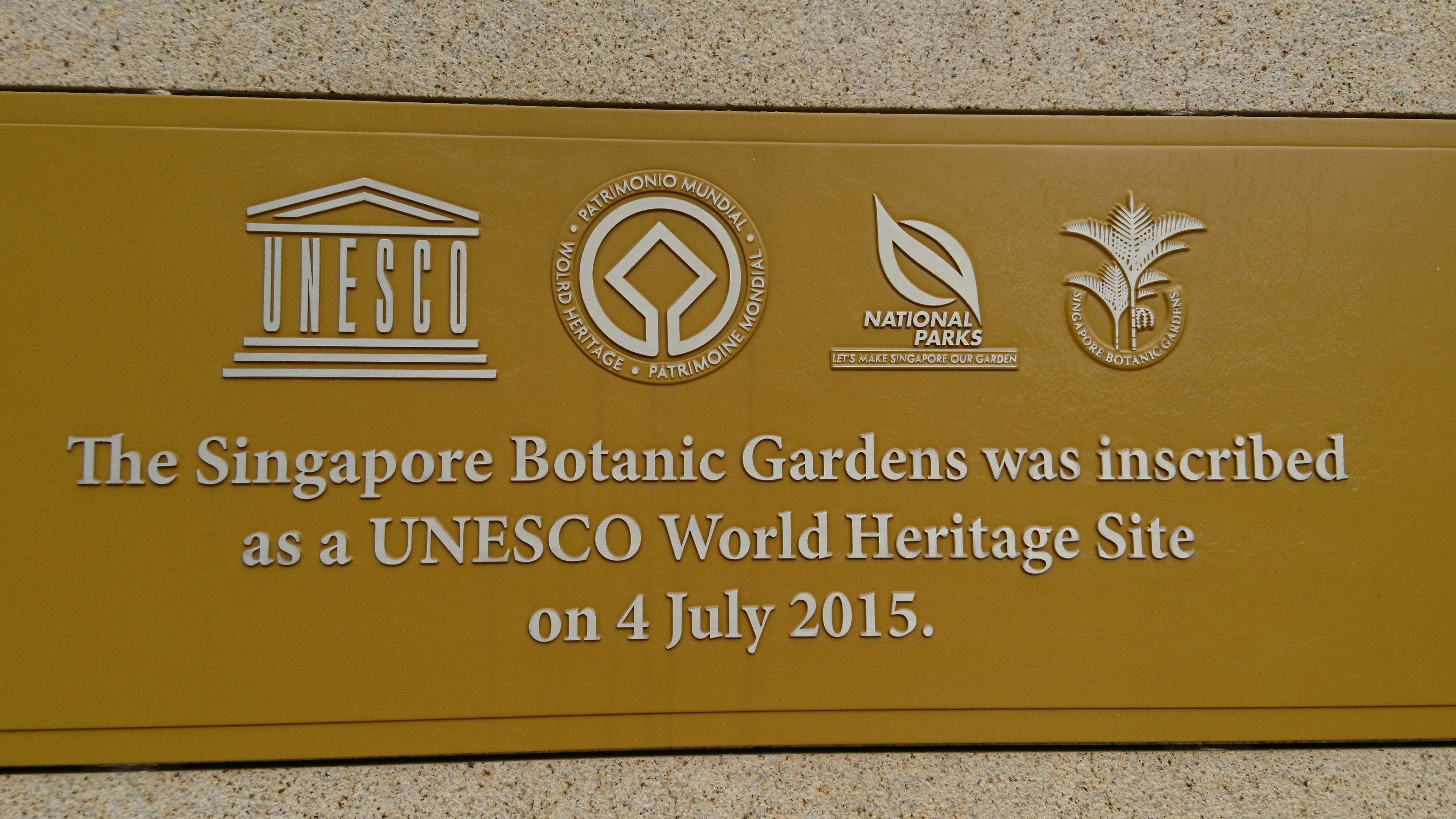
Originally conceptualised in 1822 when Sir Stamford Raffles developed the first ‘Botanical and Experimental Garden’ at Fort Canning. It was then relocated, in 1859, to its present site. The Gardens was later handed over to the colonial government and is today managed by the National Parks Board. The Gardens played an important role in the colonial period as it fostered agricultural development in both Singapore and the region through experimenting and distributing potentially useful commercial crops and plants. One of the most important successes was the Para Rubber, Hevea brasiliensis. This crop resulted in a boom in the South East Asian region in the early 20th century. The Gardens also also a highly successful orchid breeding and hybridisation programme.
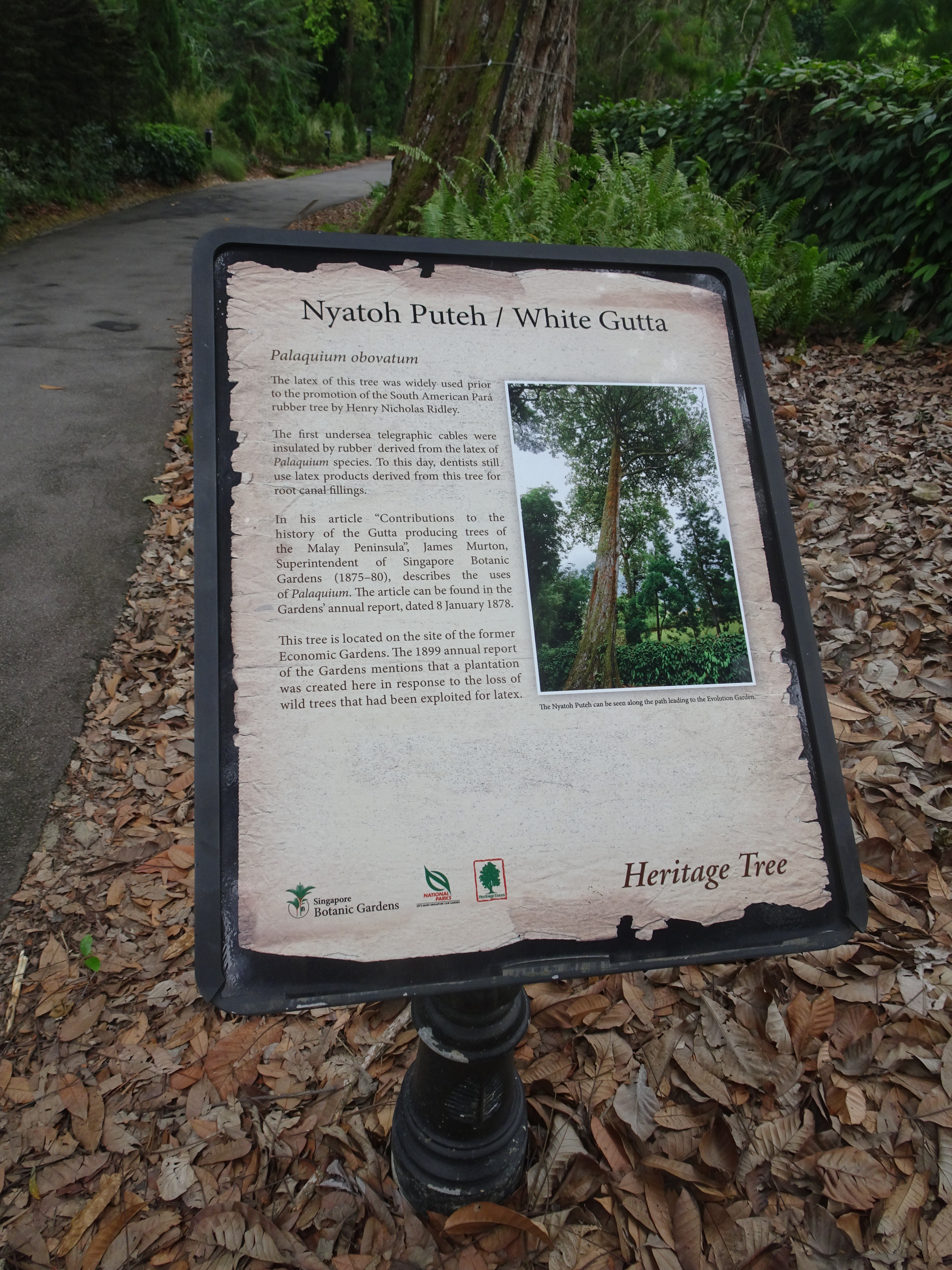
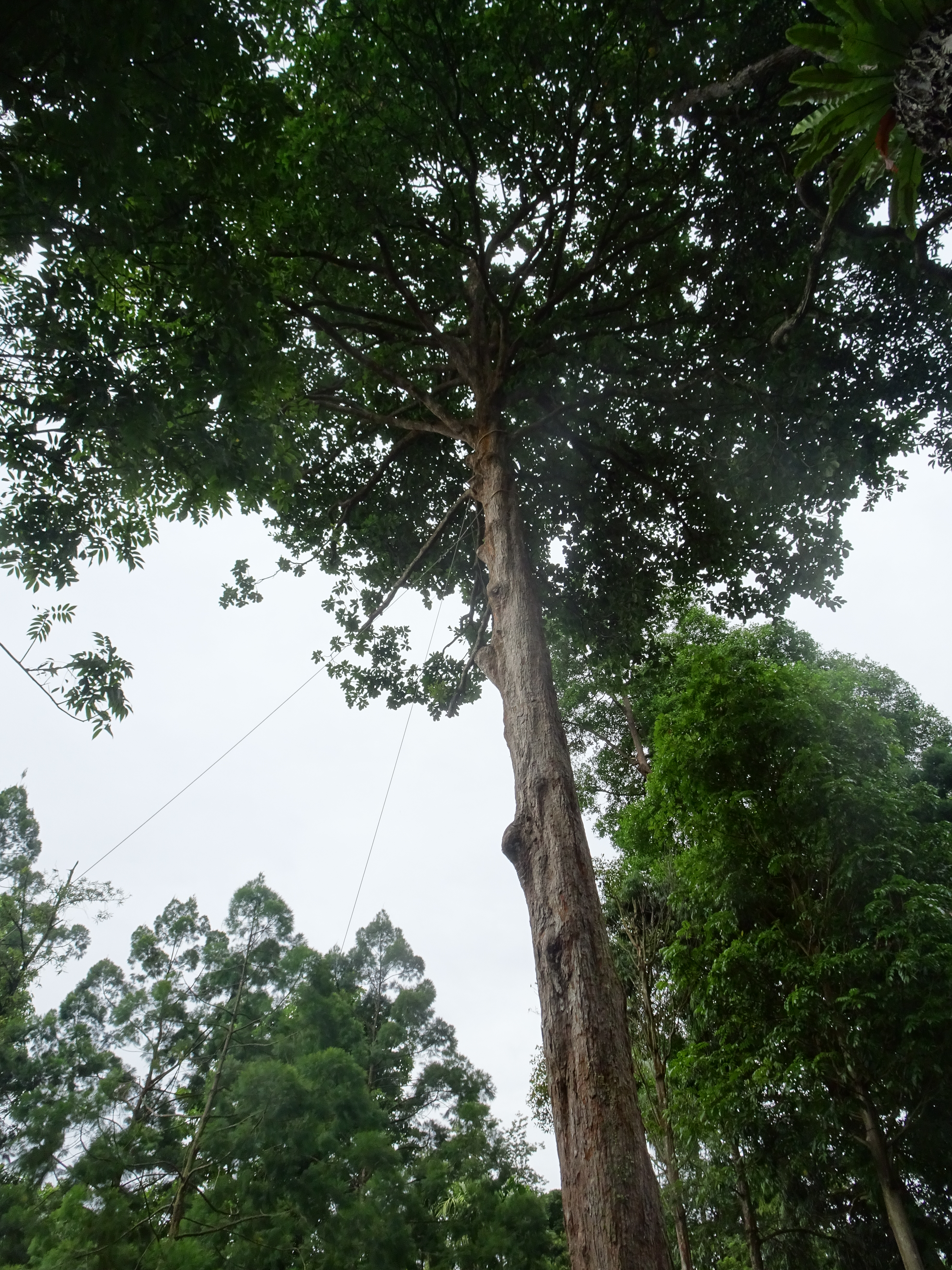

Today, the Gardens provide a sanctuary to Singaporeans and tourists alike from the city as is evident from the many little groups scattered throughout the Gardens:
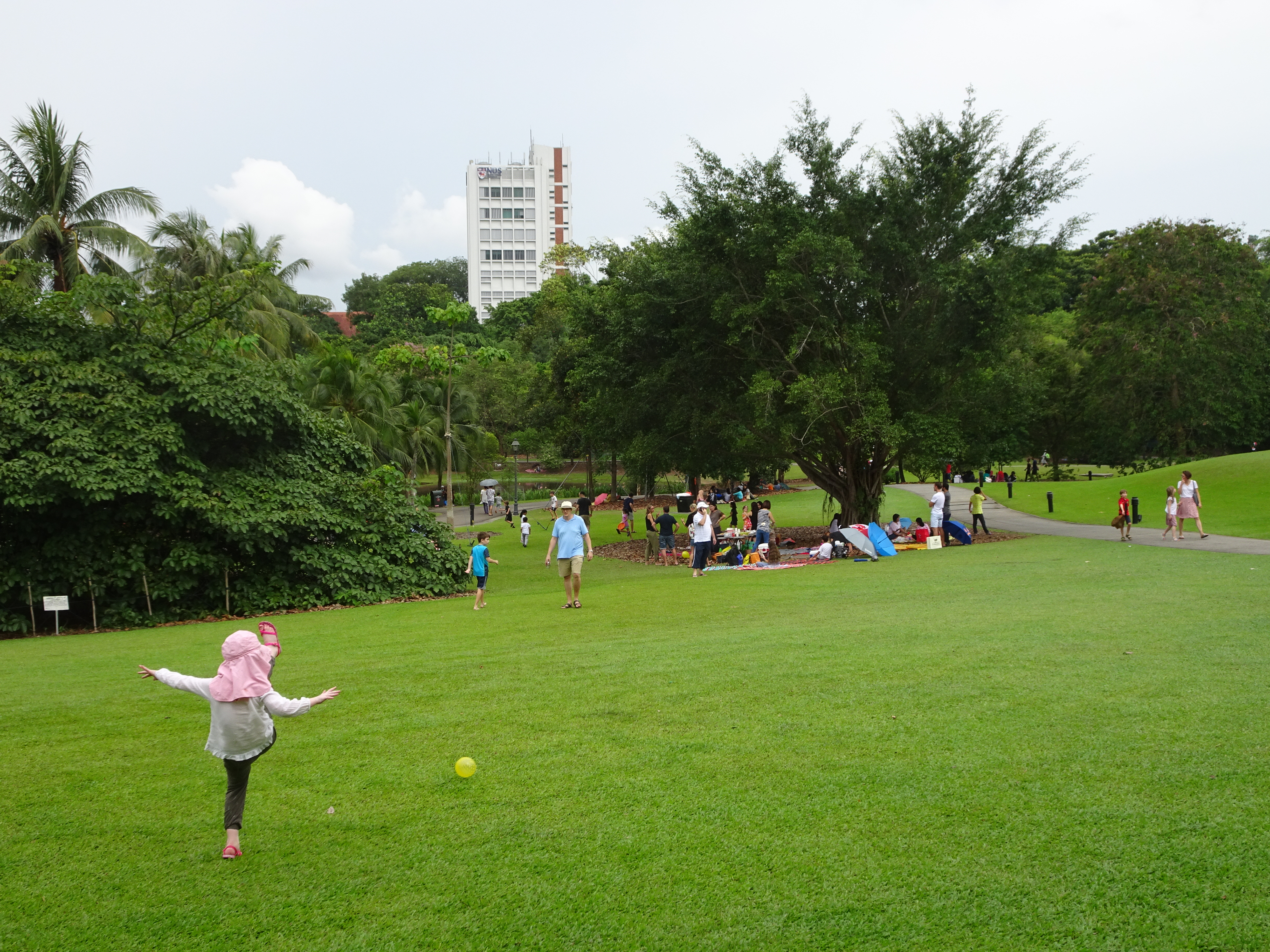
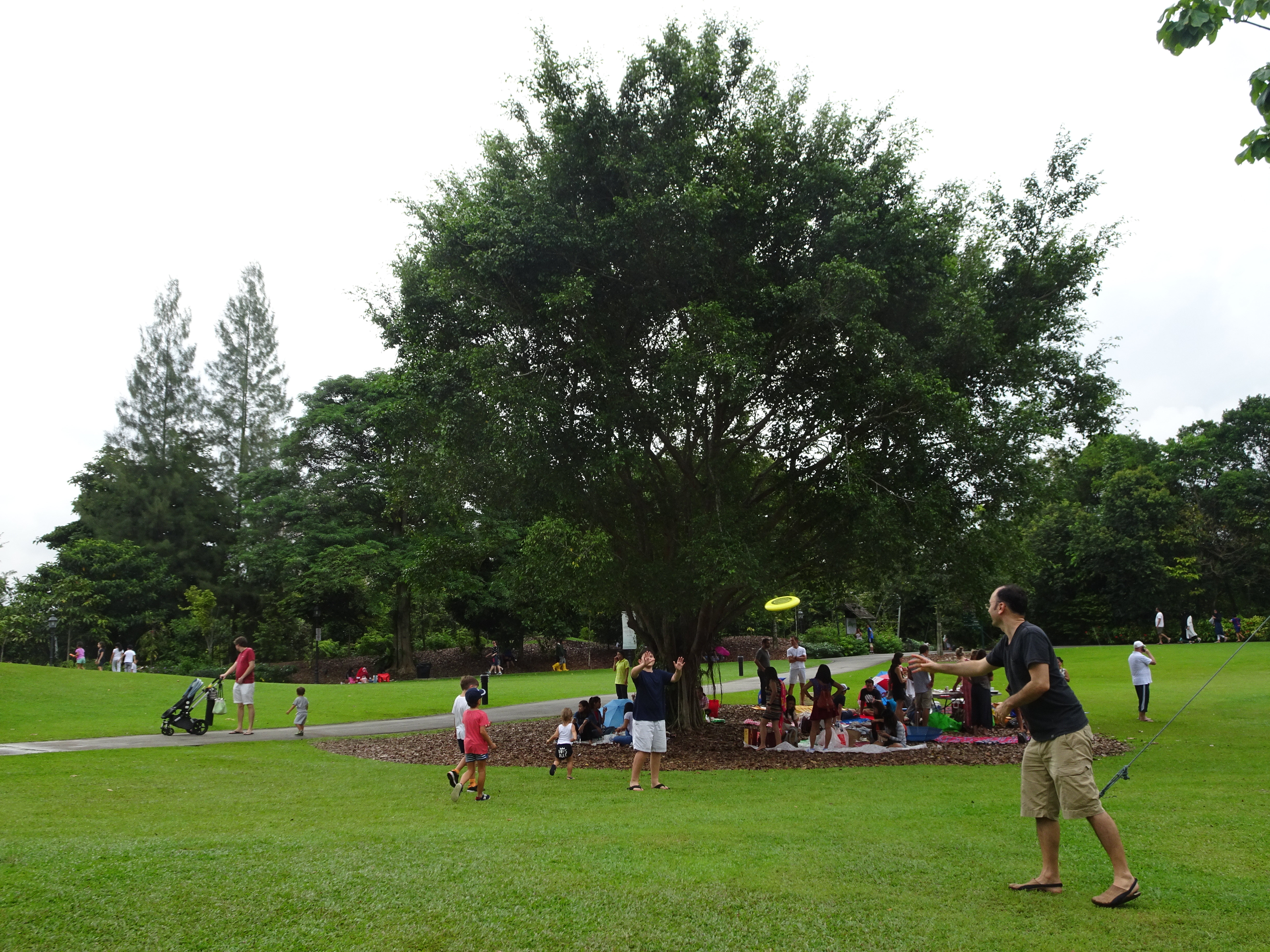
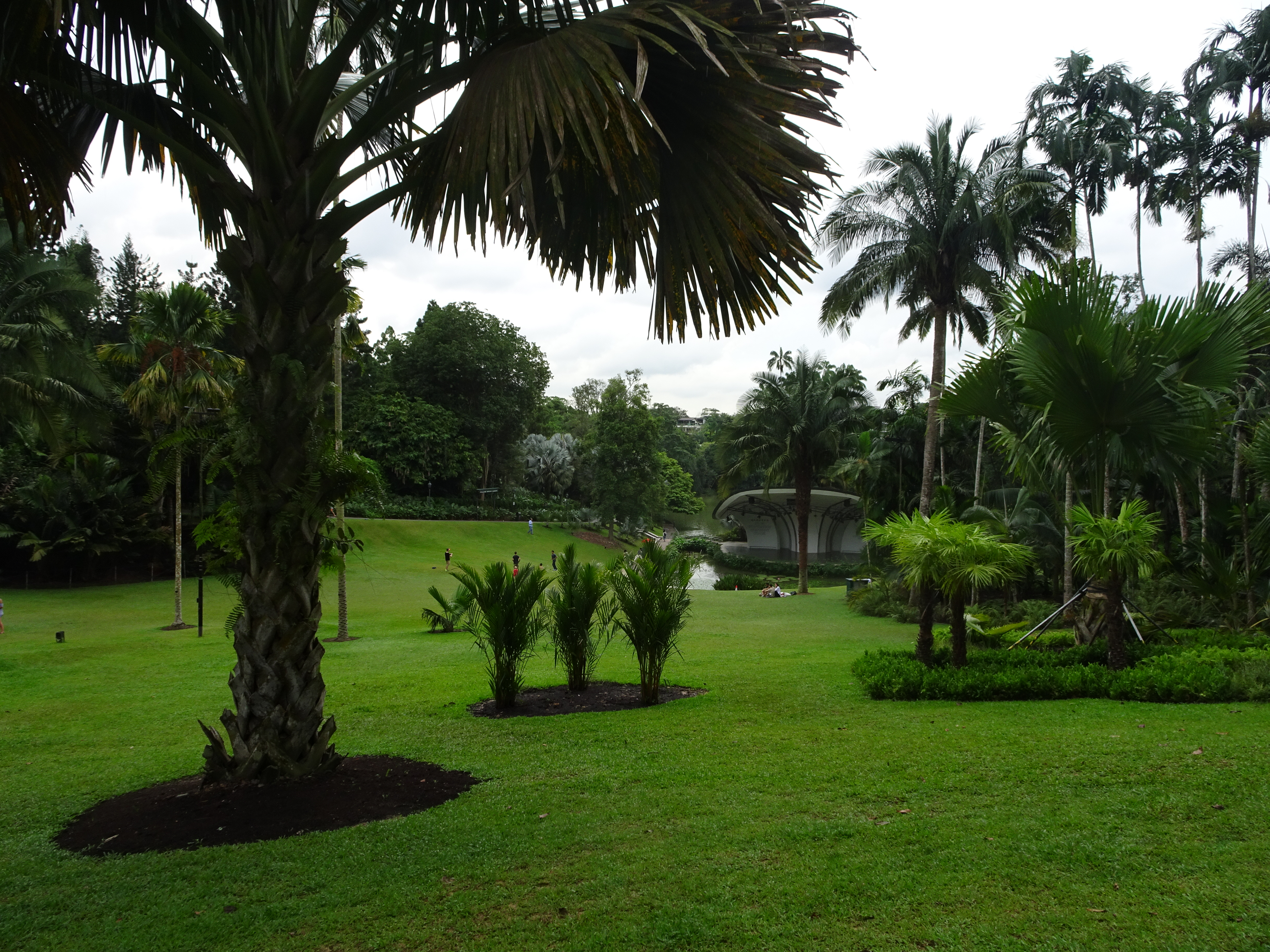
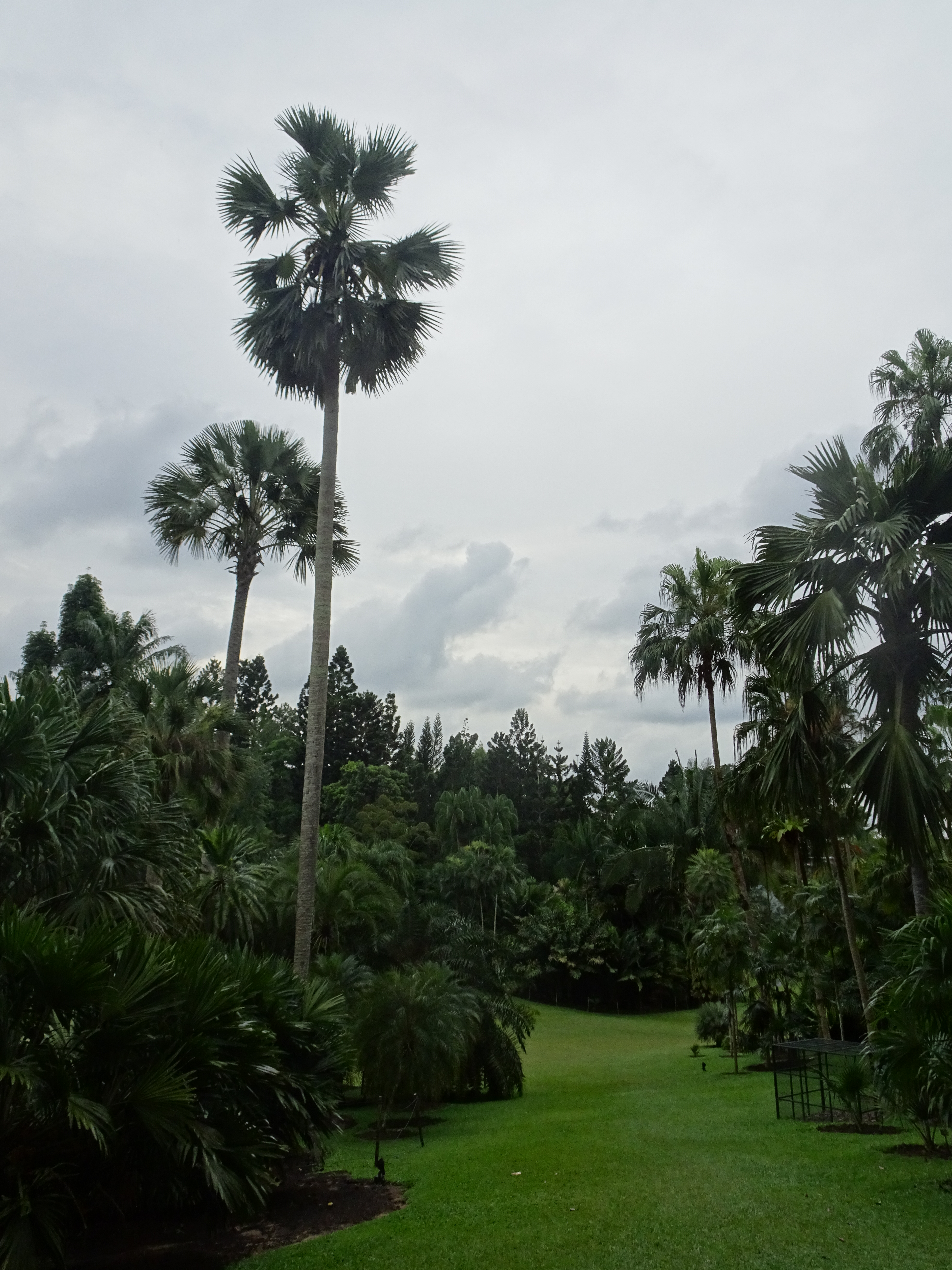
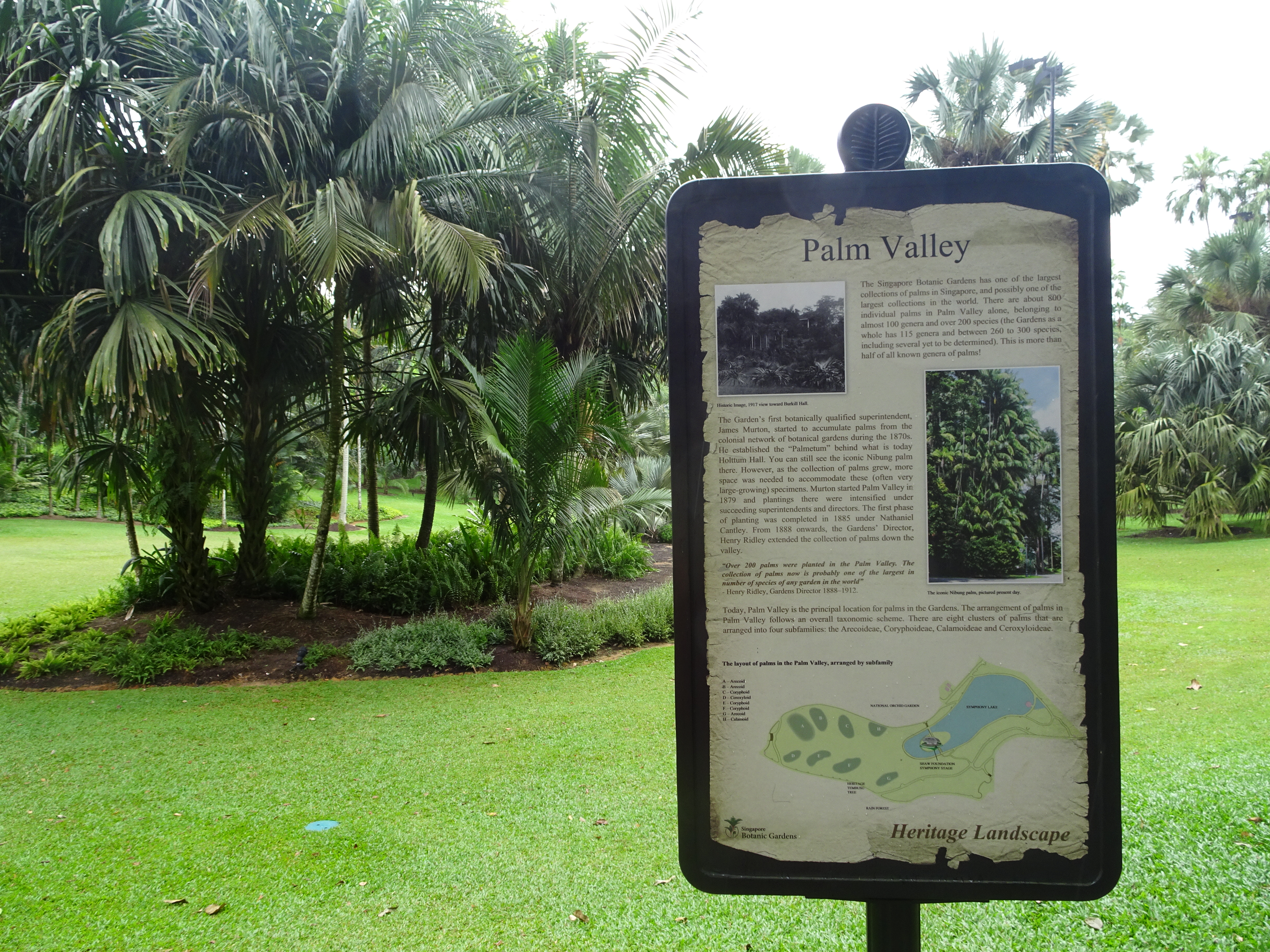
One reason for its popularity is its price: It is essentially free to visit the Gardens (except for the Orchid Garden which is a paid area that is surprisingly priced at an affordable price – See more below).
Walking around the Garden, you will occasionally see various displays or themes that help make the experience more varied.
For those who are interested in cooking, there are displays involving a spice and/or herb garden and also a garden dedicated to ginger. Or an entire walkway designed and named after a certain plant:
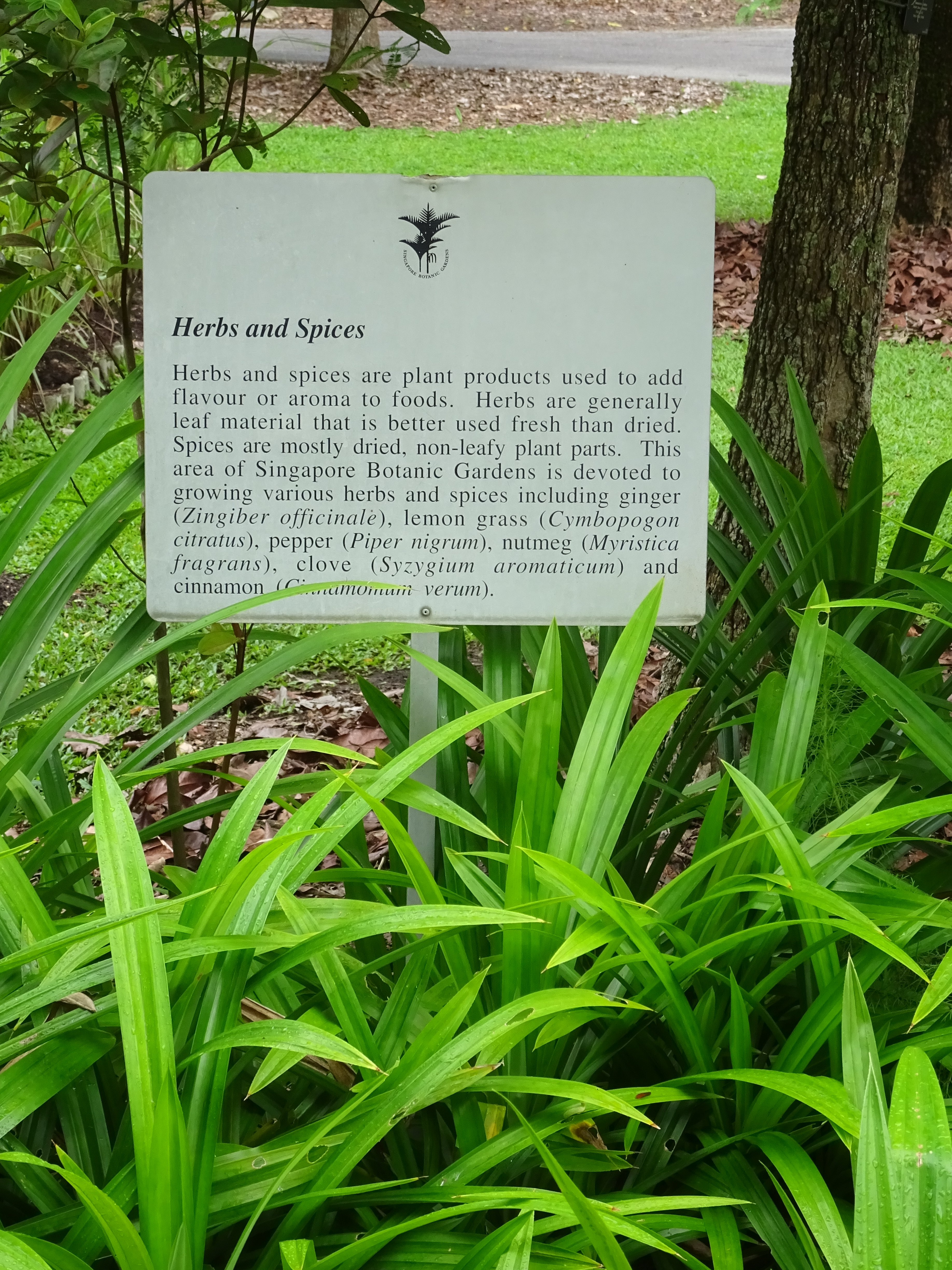
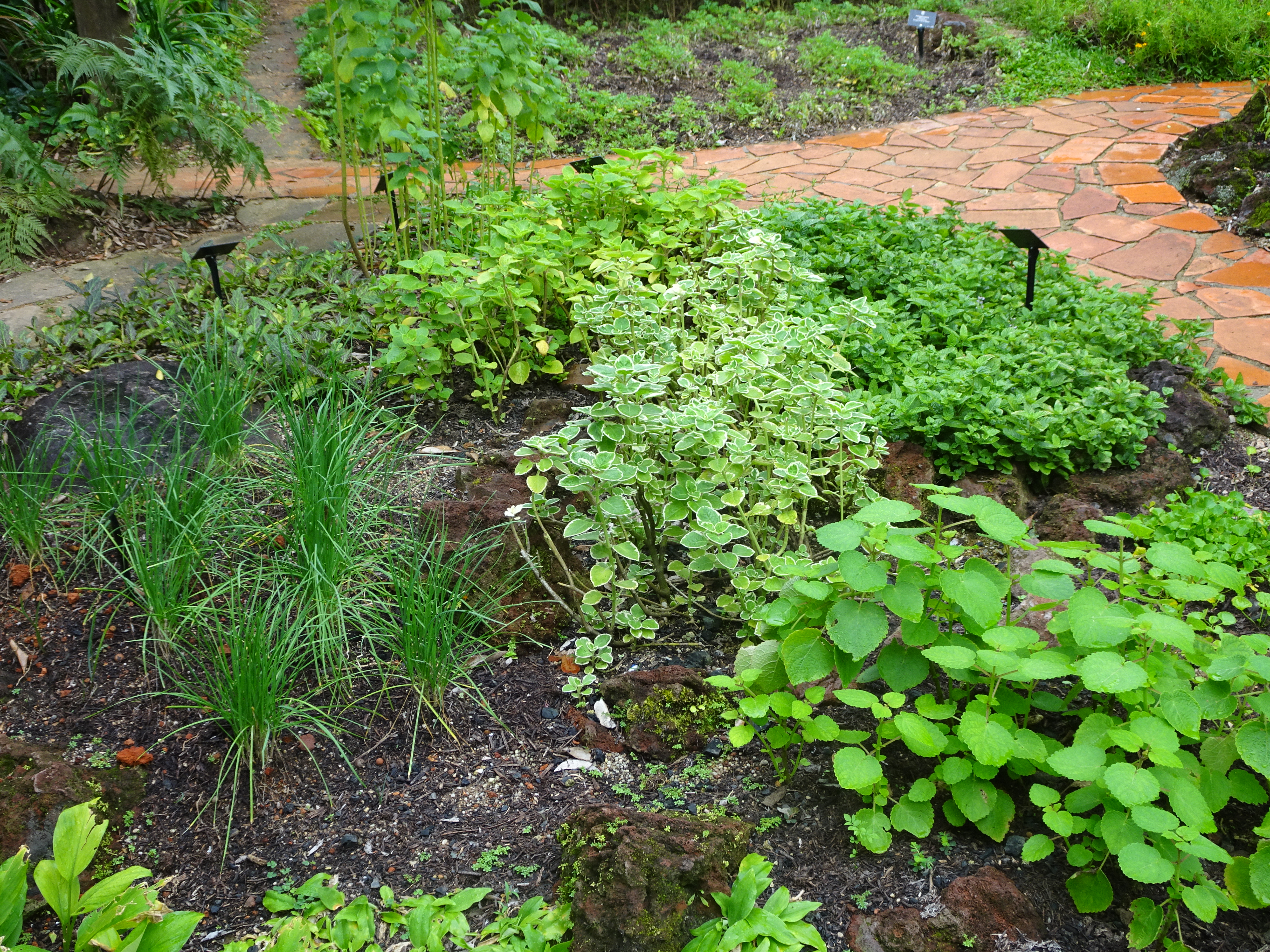
Singapore Botanic Gardens : Evolution Garden Trail
There are also exhibits which are educational in nature. These include the Evolution Garden Trail (Don’t forget to touch the “Stone Trees”!) which takes the visitor through the initial period from the time the earth was formed through the early stages of life to the time of dinosaurs and also the period after. The vegetation and display varies from one stage to another so you move from barren rock to a period of lush ferns and trees before seeing pine trees reflecting the earth entering into one of its ice age:
Singapore Botanic Gardens : National Orchid Garden
The key highlight of this visit is the Orchid Garden. While it is a paid area, the fees are very reasonable at $5 per adult, $1 for senior citizens and free for children below the age of 12. All visitors should make a visit to this part of the Gardens. Without giving away too much of the overall experience, the Orchid Garden is a collection of orchids and have unique varieties from the Garden’s breeding and hybridisation programme. There are also special varieties which are named in honour of visiting heads of state (including Angela Merkel):
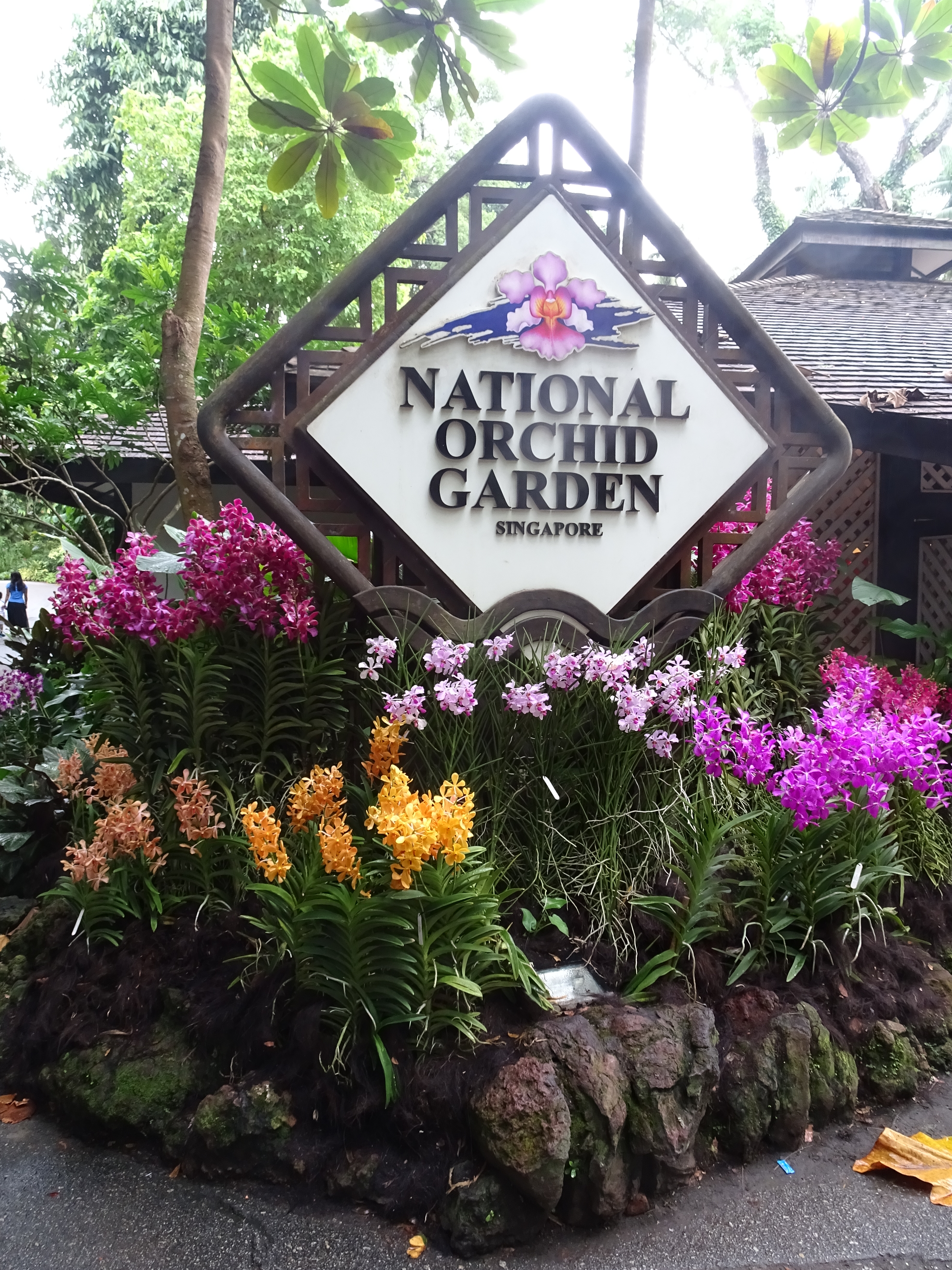
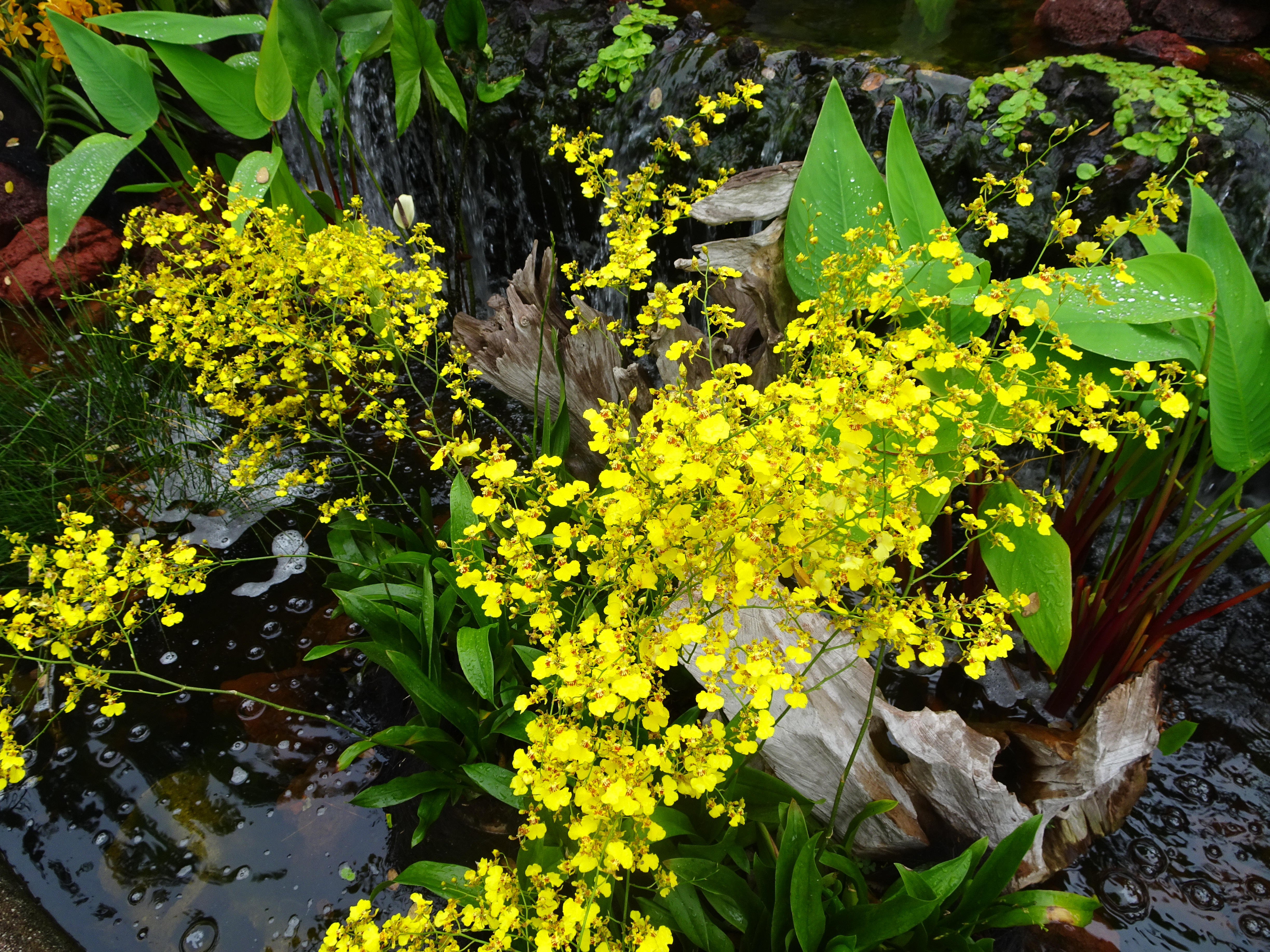
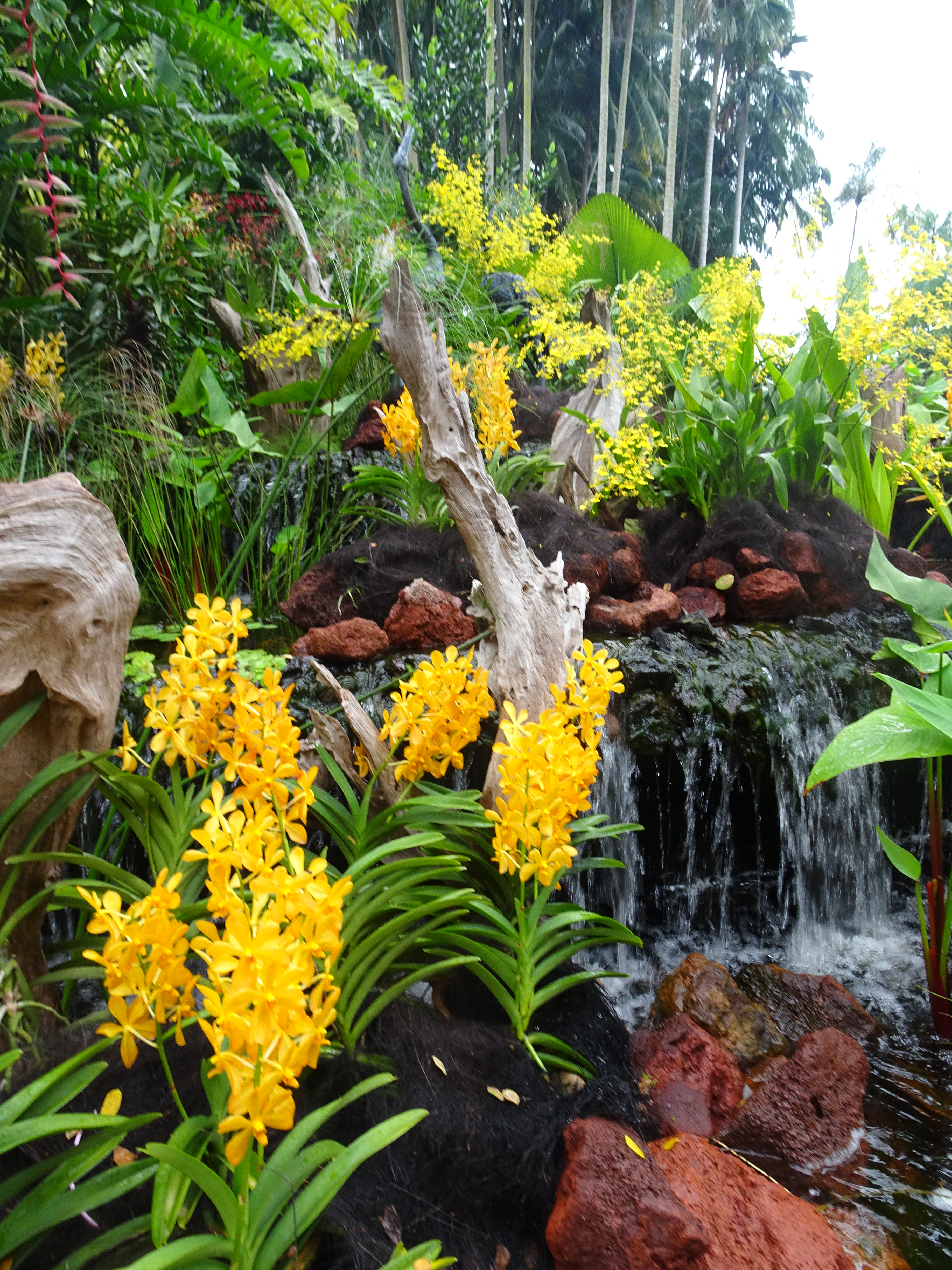
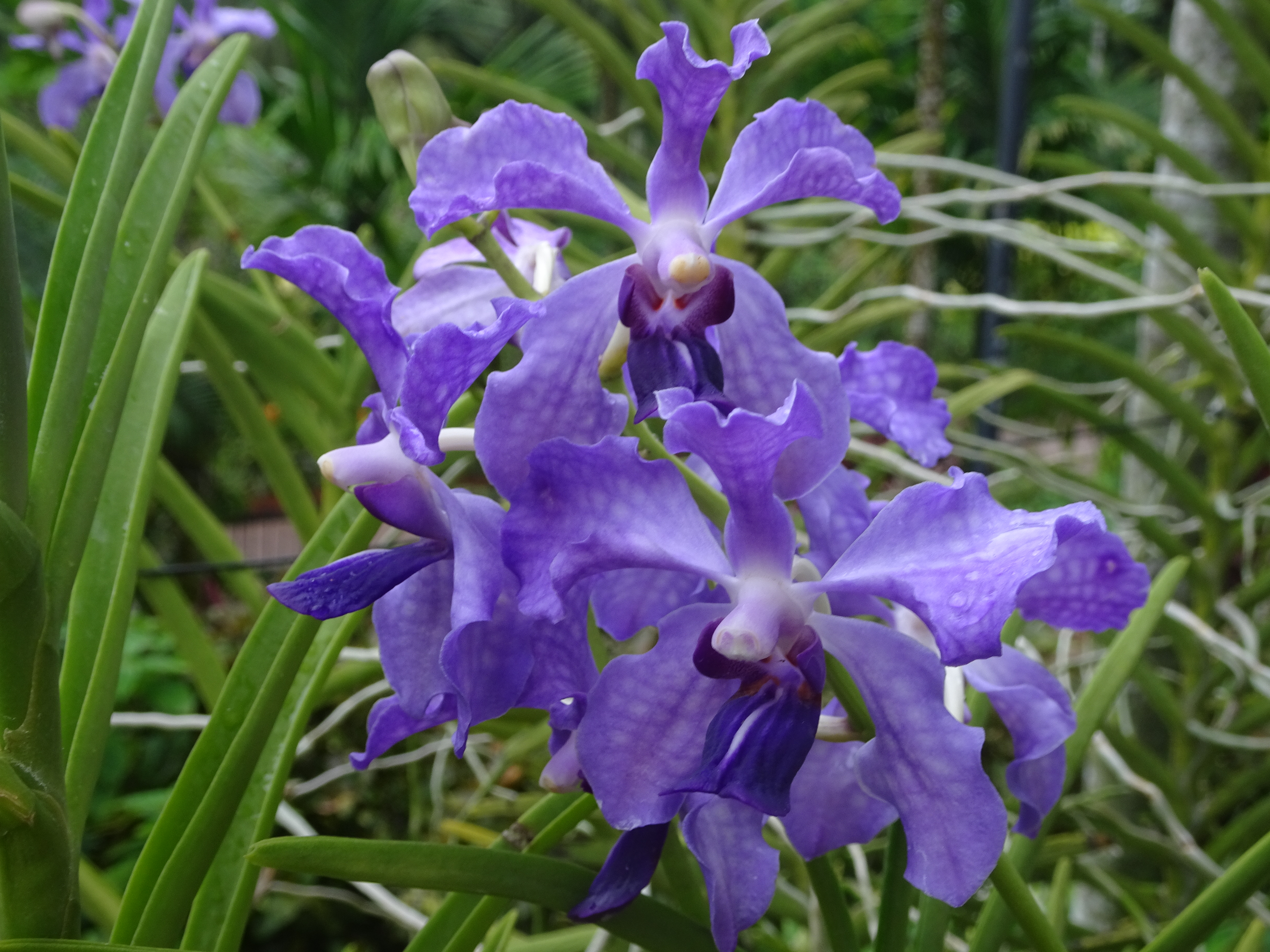


Opening Hours
Singapore Botanic Gardens
Opening hours: 5 am to 12 midnight daily
Admission Fee: Free
National Orchid Garden
Opening hours: 8.30 am to 7 pm daily (last entry at 6pm)
Admission Fee: Adults $5.00
Students $1.00
Senior Citizens (60 years and Above) $1.00
Children (below 12 years) Free
For more opening times for the other parts of the Gardens.
Have you visited the Singapore Botanic Gardens? Let me know in the comments below if you enjoyed your visit.
If you are in the area or are visiting the Gardens, why not head over to the Adam Road Food Centre for breakfast or lunch? Check out my review of Selera Rasa Nasi Lemak which may be an ideal breakfast or lunch for your trip to the Gardens. Or if you fancy some ice cream, why not try some local flavours such as “Pulut Hitam”, “Teh Tarik” and “Pineapple Tart” at Island Creamery.
If you enjoyed reading this post, please follow my blog for more awesome articles (click link below) and also share with your friends!


















